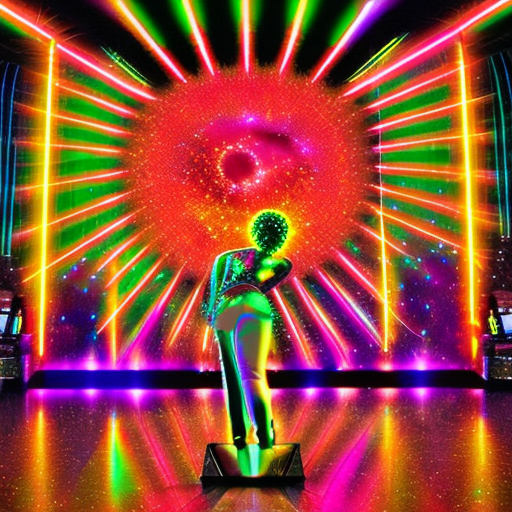Summary: Disco is a genre of dance music that emerged in the 1970s and became a cultural phenomenon. It is characterized by its pulsating beats, catchy melodies, and emphasis on dancing. Disco music and its associated subculture had a significant impact on popular culture, fashion, and nightlife during its peak. However, disco’s popularity declined in the late 1970s due to backlash and the emergence of new music genres.
Origins and Influences
Disco music originated in the mid-1960s, drawing influences from various musical styles such as funk, soul, and R&B. It was heavily influenced by the underground dance clubs of New York City, where DJs experimented with blending different genres to create a unique sound. The term “disco” is derived from the French word “discotheque,” which refers to a nightclub where recorded music is played.
Characteristics of Disco Music
Disco music is characterized by its four-on-the-floor beat, which means a steady bass drum on every beat. It often features lush orchestral arrangements, prominent basslines, and catchy melodies. The use of electronic instruments, such as synthesizers and drum machines, also became prevalent in disco music. The lyrics of disco songs often revolve around themes of love, dancing, and escapism.
Disco Subculture
The disco subculture emerged alongside the music, creating a vibrant and inclusive community. Disco clubs became a safe space for marginalized groups, including the LGBTQ+ community and people of color, to express themselves freely. The disco scene was known for its flamboyant fashion, with disco-goers donning glittery outfits, platform shoes, and extravagant hairstyles. The popularity of disco also led to the rise of disco dance styles, such as the hustle and the iconic “Saturday Night Fever” dance moves.
Disco’s Cultural Impact
During its peak in the mid-1970s, disco had a significant impact on popular culture. It influenced fashion trends, with designers incorporating disco-inspired elements into their collections. The success of disco films, such as “Saturday Night Fever” and “Thank God It’s Friday,” further popularized the genre. Disco also had a profound influence on the nightlife scene, with disco clubs becoming the go-to destinations for partygoers.
Disco Backlash and Decline
Despite its popularity, disco faced a backlash in the late 1970s. Some critics and rock music enthusiasts viewed disco as shallow and commercial, leading to the infamous “Disco Demolition Night” in 1979, where disco records were destroyed at a baseball game. Additionally, the emergence of new music genres, such as punk and new wave, contributed to the decline of disco’s popularity. By the early 1980s, disco had largely faded from the mainstream, although its influence can still be heard in contemporary dance music.
Legacy and Revival
Despite its decline, disco’s legacy continues to resonate in popular culture. Its influence can be heard in various music genres, including house, techno, and pop. Disco-inspired fashion trends periodically resurface, and disco-themed parties and events are still popular today. The genre’s impact on LGBTQ+ culture and its role in creating safe spaces for marginalized communities cannot be overstated.
In conclusion, disco was a genre of dance music that emerged in the 1970s and became a cultural phenomenon. It influenced fashion, nightlife, and popular culture during its peak. Despite facing backlash and decline, disco’s legacy lives on, and its impact can still be felt in contemporary music and culture.












